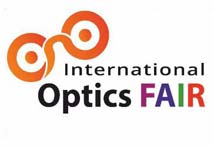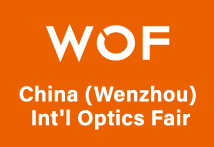Good clinical records should read like a story
.jpg)
Article by By- Dr. Frank Eperjesi (Eyetools, UK)
Clinical records are an important part of an eye examination. It’s always nice to see previous records for the person I’m about to examine. It’s always disappointing if I can’t read them because of poor hand writing and when the results of only a few tests have been recorded. Computer generated records get rid of the poor handwriting problem but not the omission of key test results.
In the practice where I work (we have had written records), all the optometrists understand the importance of clear and complete records, not just for the optometrists but for all the staff. Remember your records will be used by the dispensing optician to help with frame and lens selection and by optical assistants for visual field analysis or if the patient phones or comes into the practice with a query.
To meet the expected standard records have to be clear and complete.
Standard abbreviations are helpful to keep the notes concise as the notes are for the practice staff. Use abbreviations that the other optometrists understand and if the other staff don’t understand it they can always ask one of the optometrists. Don’t make up your own non-standard abbreviations.
When writing a referral or an information letter to a general practitioner (GP) abbreviations and jargon should be avoided. Some optometrists think that all GPs are familiar with all optometric abbreviations and jargon after all, they have a medical degree, surely, they know everything about every part of the human body and every possible ailment. I’ve seen the following in referral letters to GPs ‘TBUT < 10s, Ks suspicious, LSOT, needs investigation’. No GP will understand that. Even ophthalmologists can struggle because some optometric abbreviations and jargon are different from ophthalmological abbreviations and jargon. When I write about a patient to anyone I never use abbreviations nor jargon. It’s in the patient’s best interests that other people can understand my correspondence.
I look on my clinical records as a story for each patient. There is a beginning, a middle and end and unlike many a French film I have watched they have to be in that order. Like all good stories these three sections need to make sense and they need to be connected. The investigation needs to connect to the beginning and the end flows from the beginning and the investigation. All threads to the story need to be tied up at the end, written in the records and explained to the patient. I have recently seen records completed by optometrists from other practices where the records indicate a referral was intended/made but the patient claims not to have been told that they were referred.
The history and symptoms section are the beginning of the story and set the scene. Any symptoms or signs the patient has at this stage of the story become the main actors in the story. The main actors can be expanded upon using further questioning, for example: When did this start? How often? One or both eyes? Some optometrists use LOFTSEA for (L)ocation, (O)nset, (F)requency, (T)ype, (S)elf-treatment, (E)ffect on life, and (A)ssociated symptoms. Many optometrists ask these questions automatically without having to think LOTFSEA. Practice might not make perfect but it does make better.
Most clinical tests should be connected to the story’s main actors (symptoms and signs). Some clinical tests such as measurement of visual acuity and tonometry, may not be connected to the main actors. Visual acuity in each eye is clinically warranted for every patient irrespective of the main actors, and tonometry is clinically warranted when there is a risk of primary open angle glaucoma, again irrespective of the main actors. But if a main actor is for example, occasional diplopia, then clinical tests that should be connected to this are at least cover testing and oculomotility testing.
The end of the story should be the management of the story’s main actors (symptoms and signs). Continuing with the diplopia theme, if oculomotility shows good eye movement in all positions of gaze then prism or eye exercises may help. If there is an underacting muscle then referral to an ophthalmologist would be necessary. There are many possible stories.
When you have finished the examination, identify the main actors again, check that each one is connected to at least one clinical test and that each main actor gets a mention at the end of the story. Management of each of the main actors has to be recorded and explained to the patient. I complete the end of each story with ‘Advised patient of or words to that effect.
Here's to good record keeping!

.jpg)
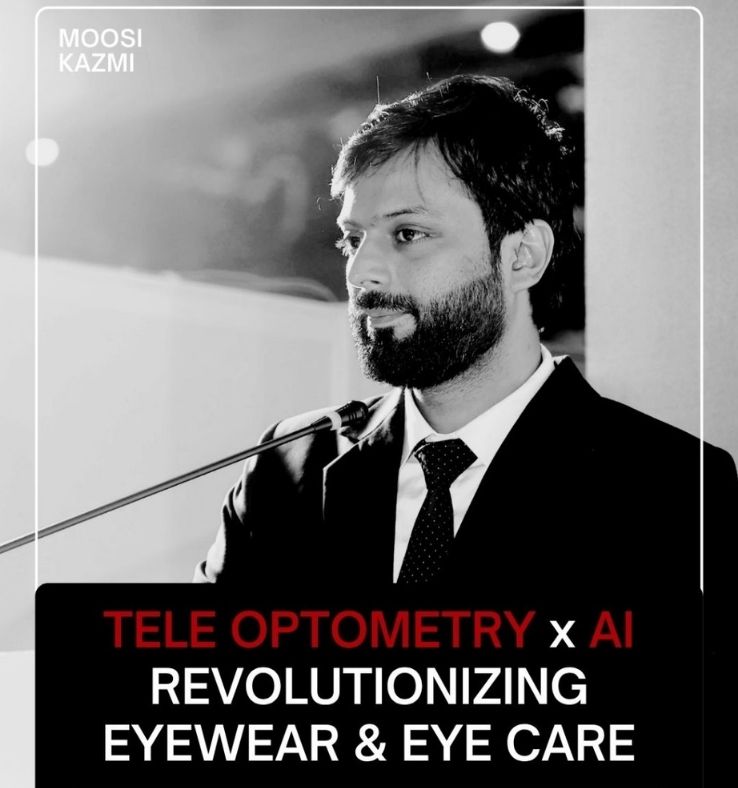
.jpg)
.jpg)
.jpg)
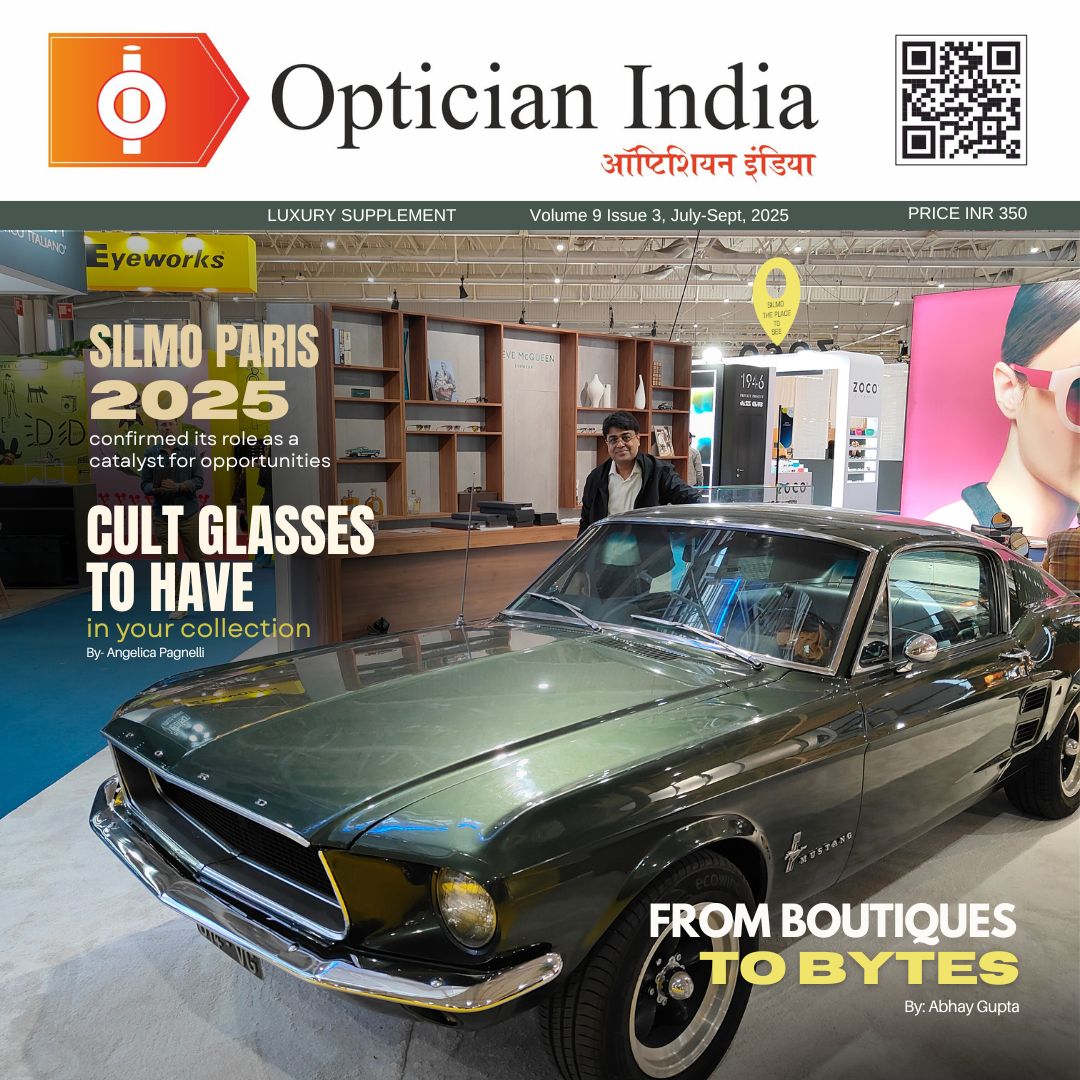
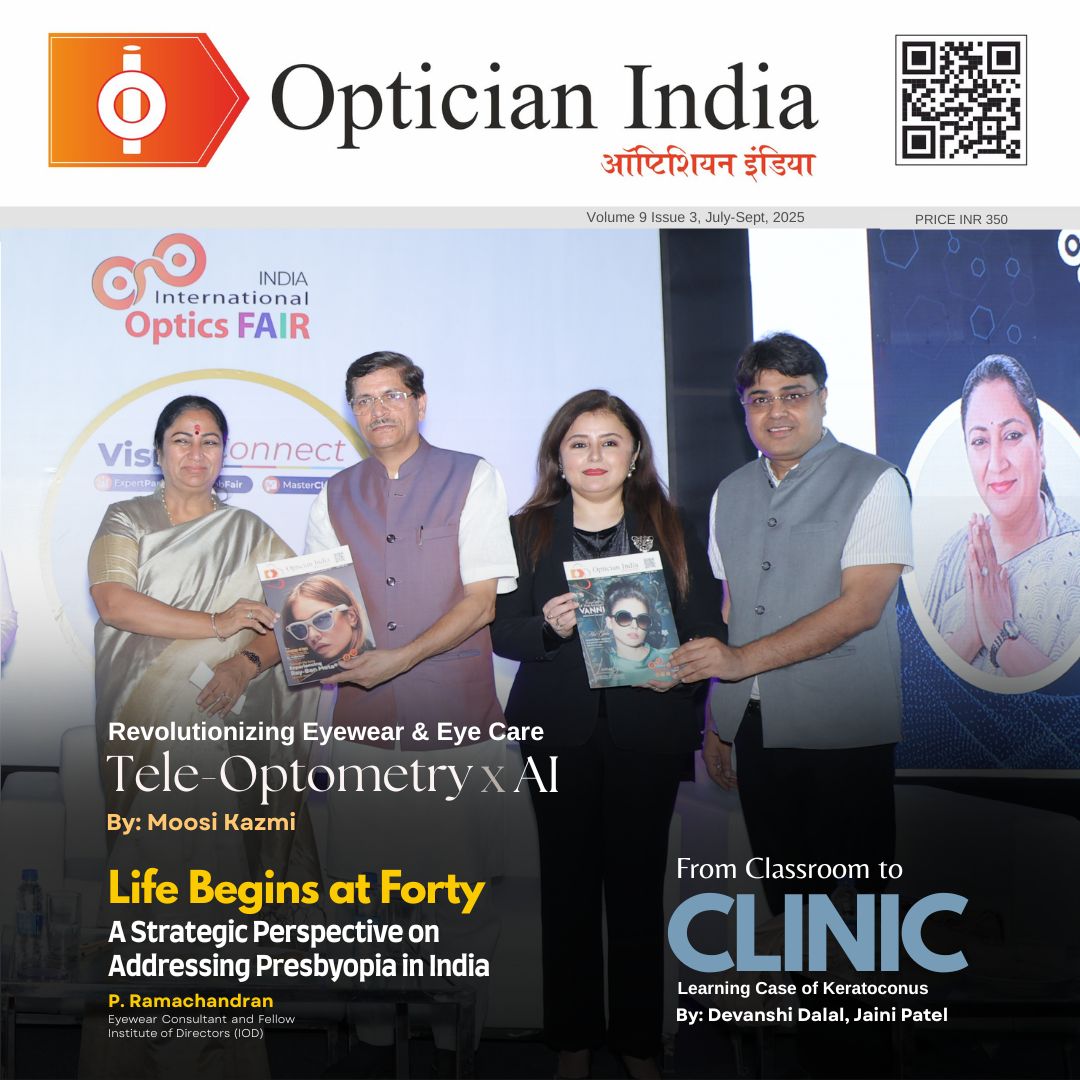
1.jpg)
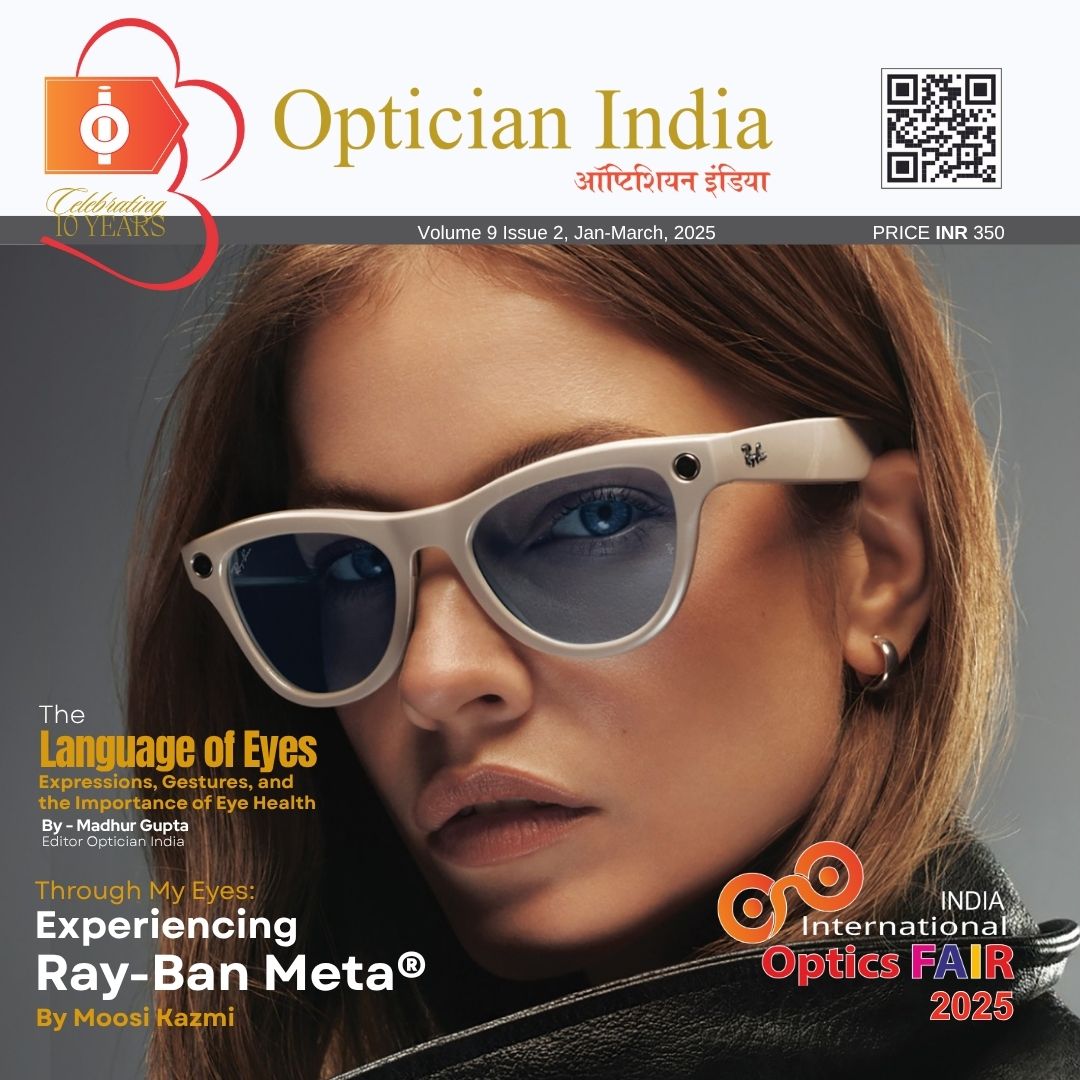


.jpg)
.jpg)

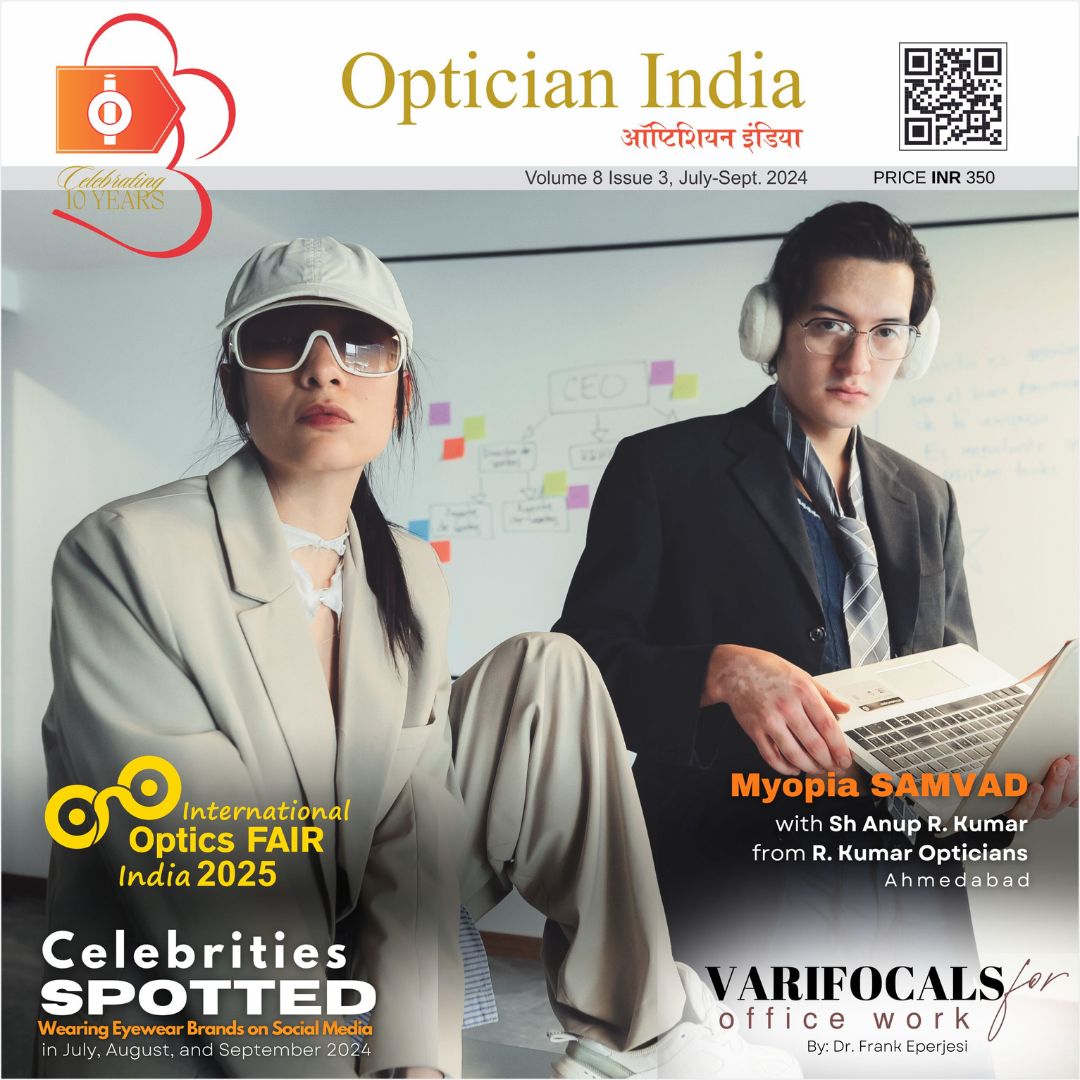

_(Instagram_Post).jpg)
.jpg)
_(1080_x_1080_px).jpg)
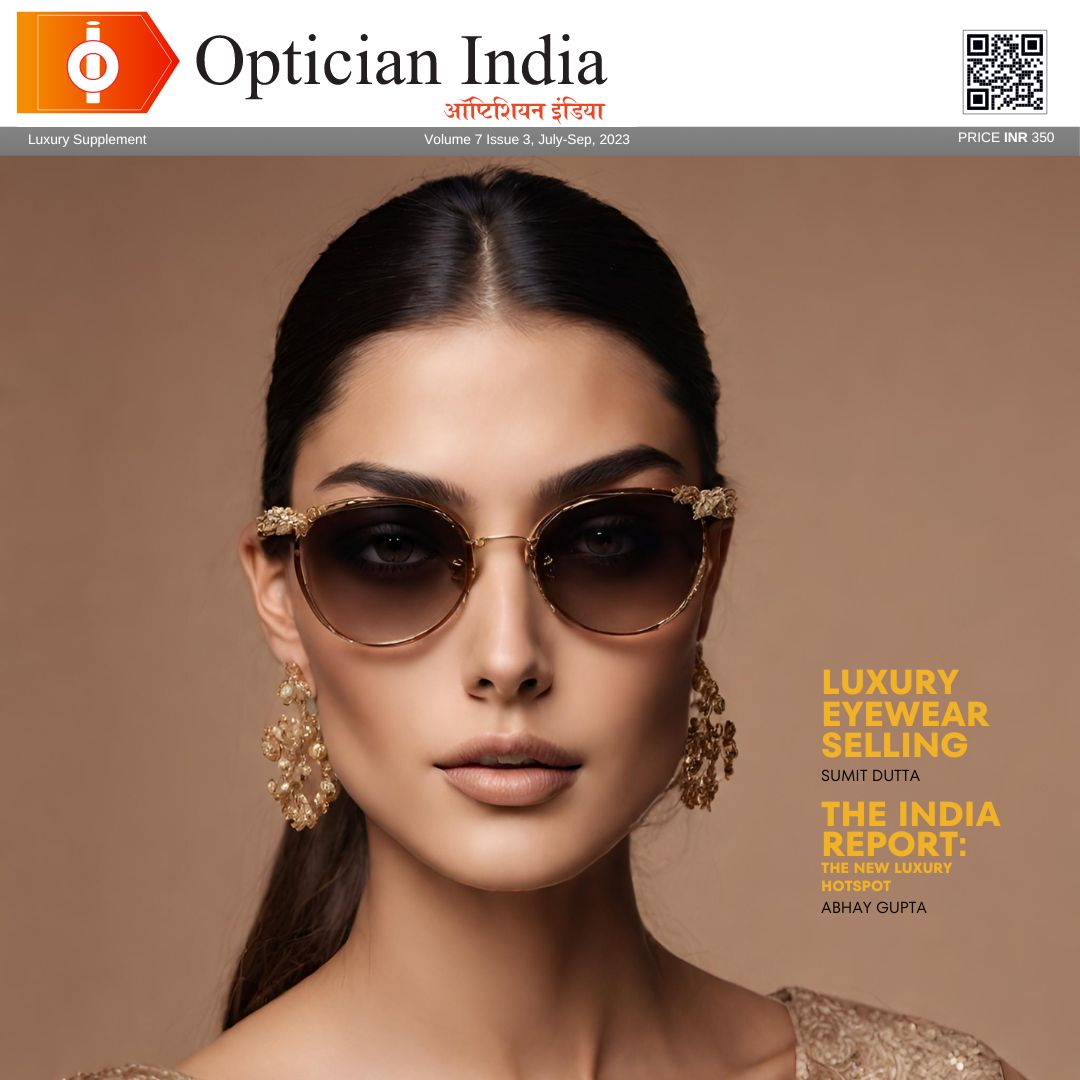

with_UP_Cabinet_Minister_Sh_Nand_Gopal_Gupta_at_OpticsFair_demonstrating_Refraction.jpg)
with_UP_Cabinet_Minister_Sh_Nand_Gopal_Gupta_at_OpticsFair_demonstrating_Refraction_(1).jpg)
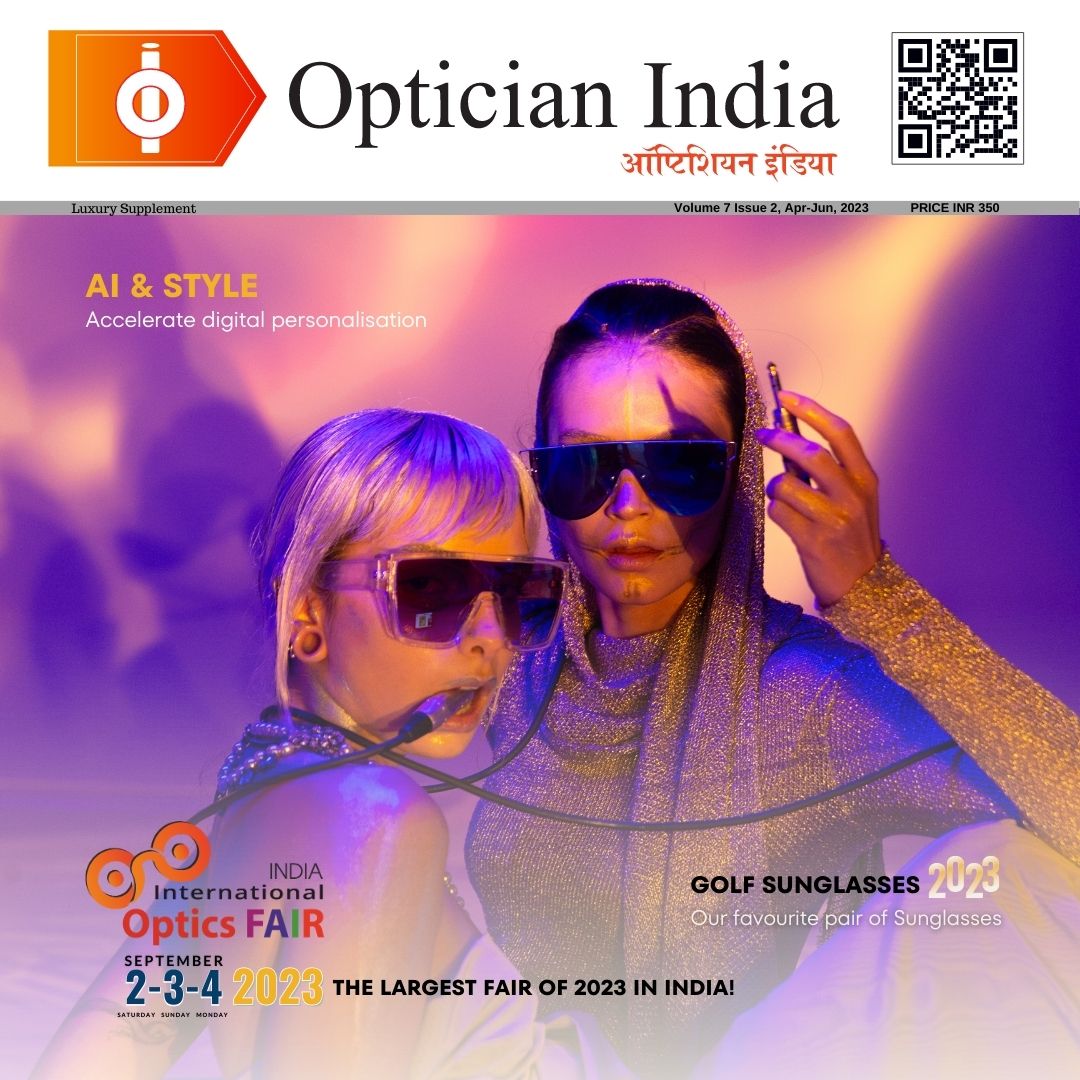
.jpg)
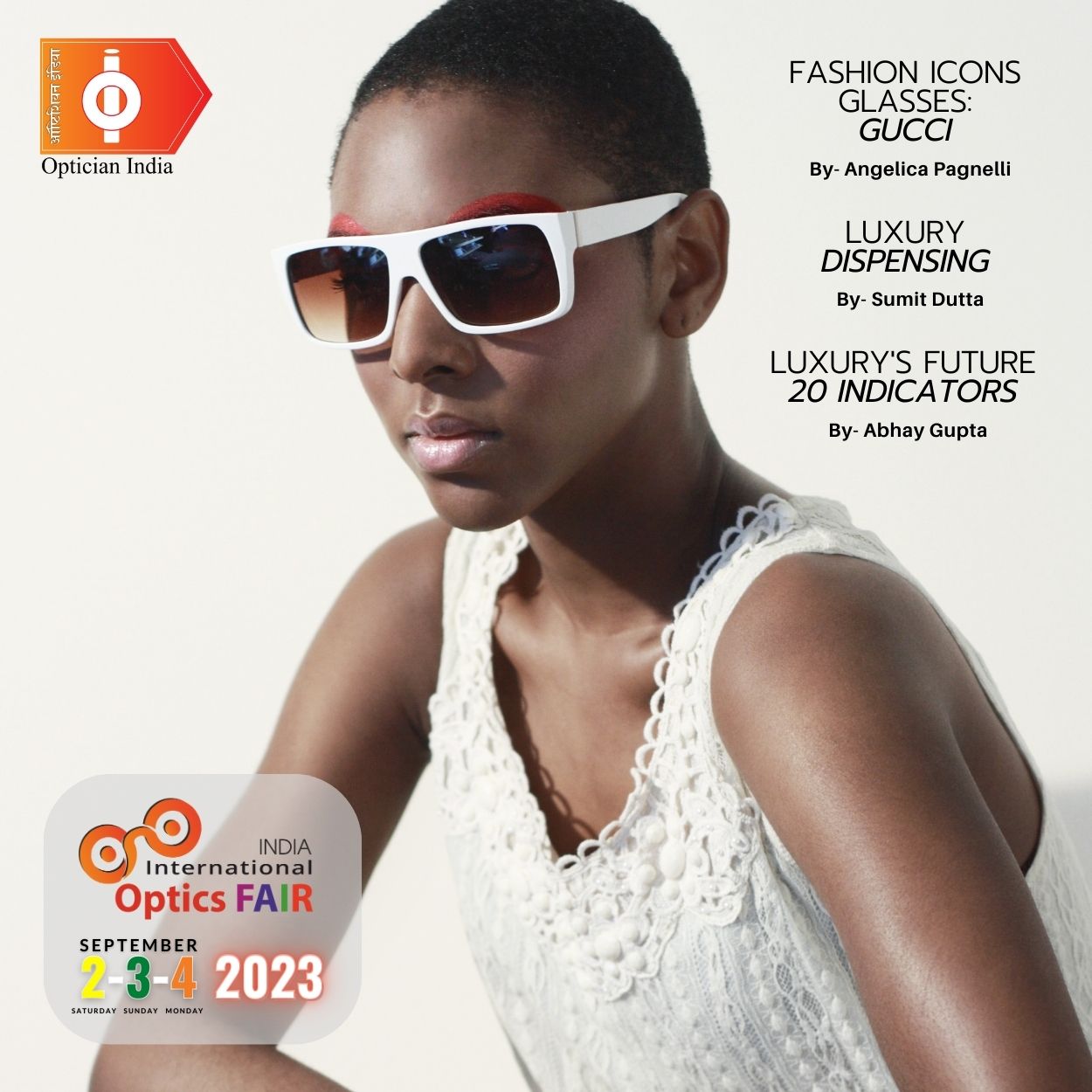


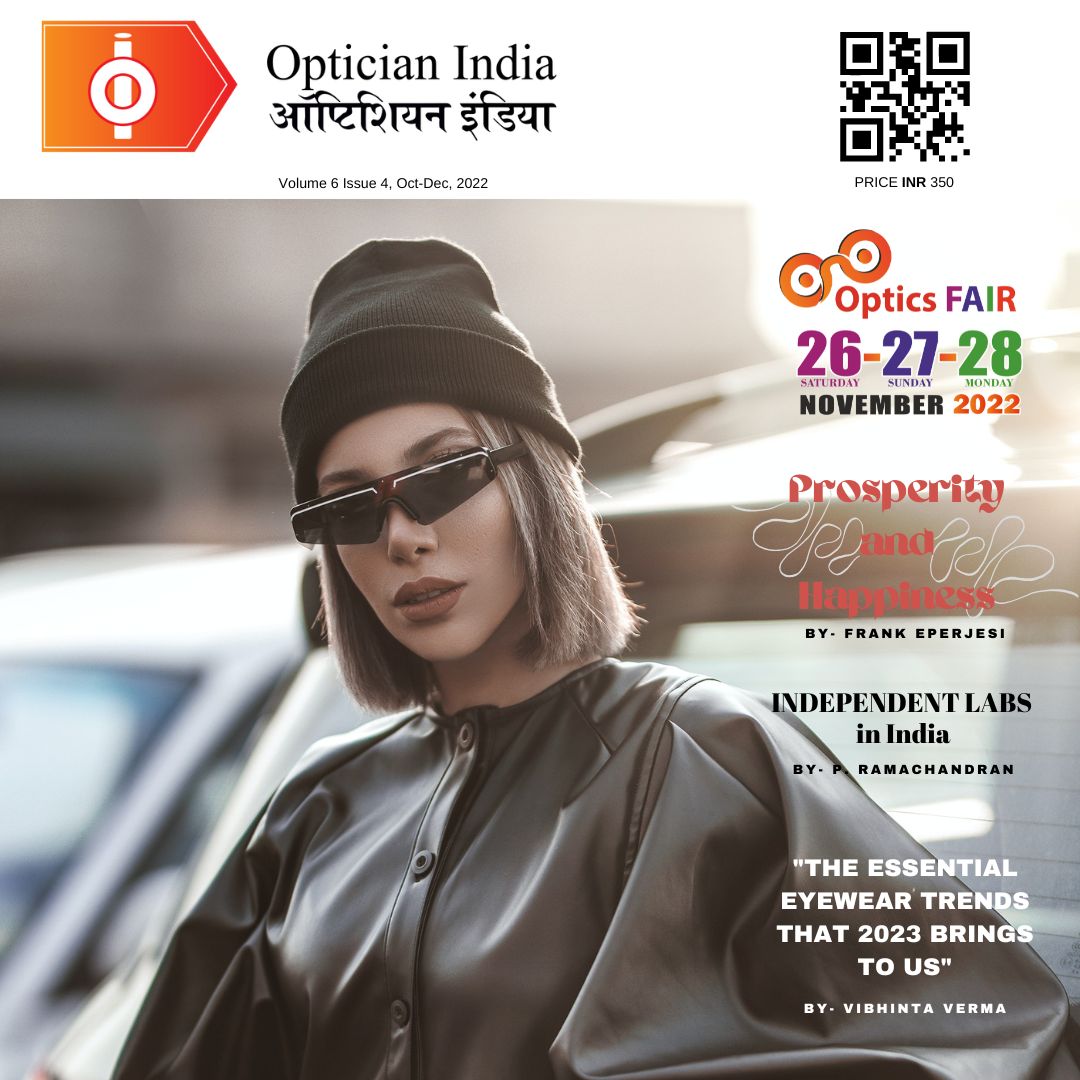
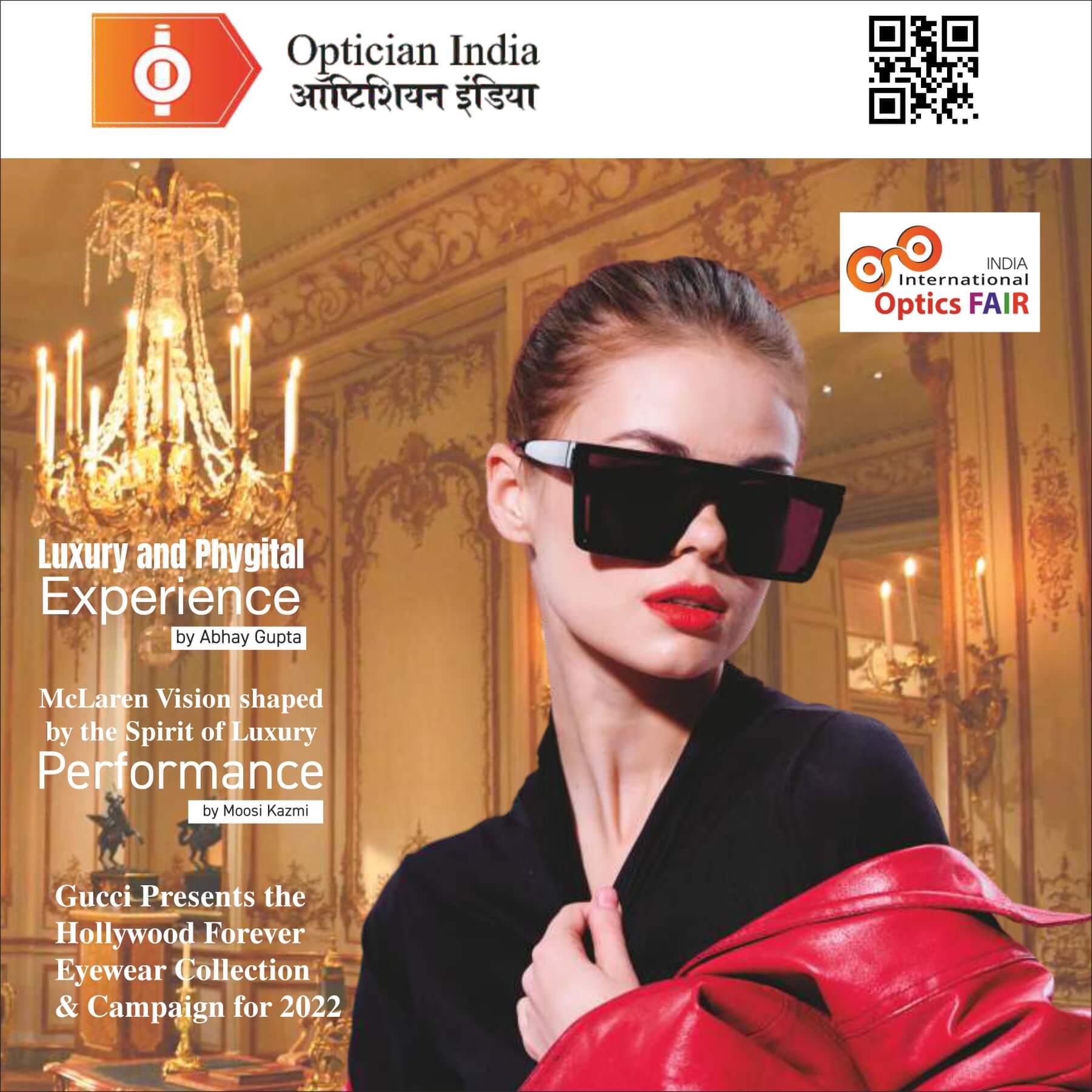
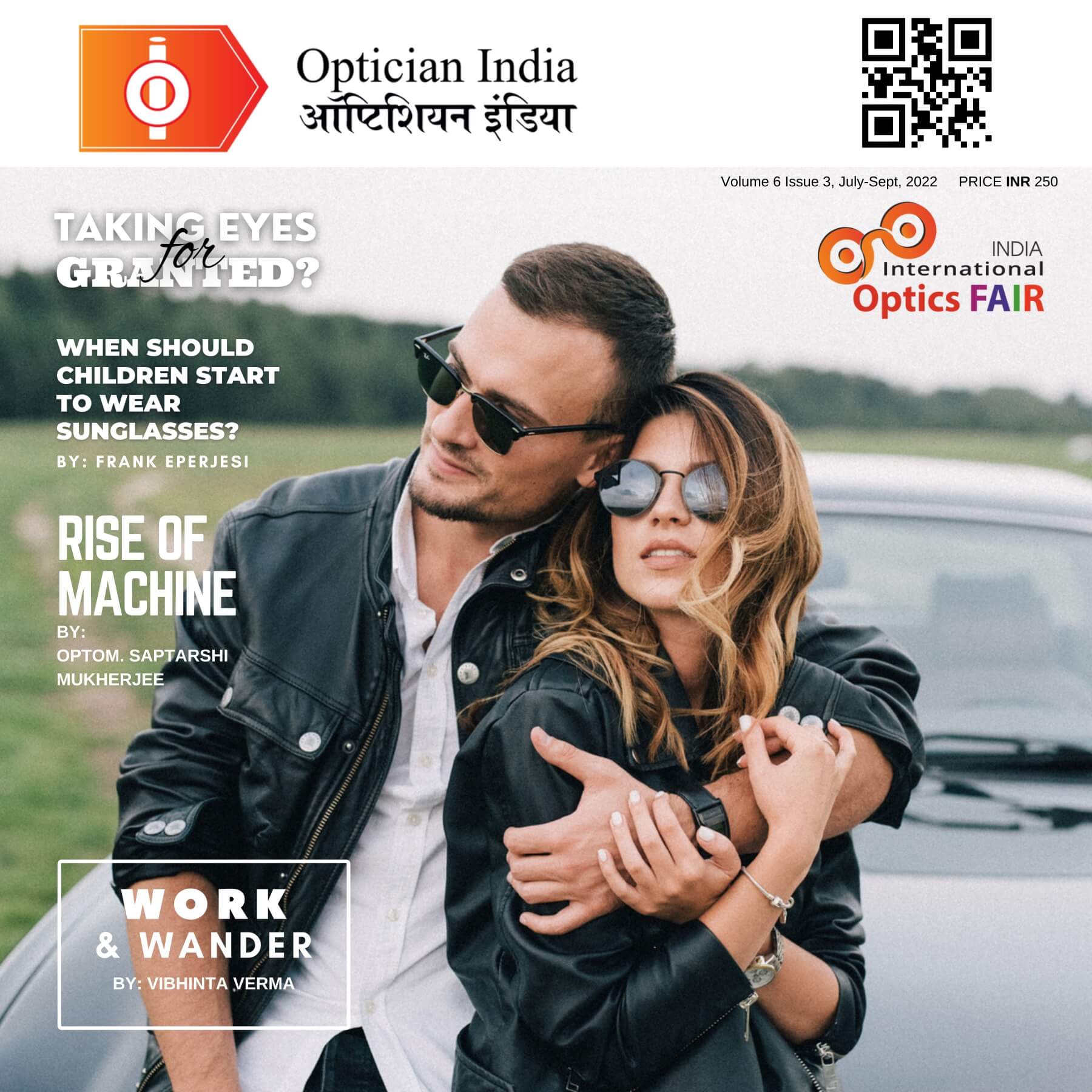
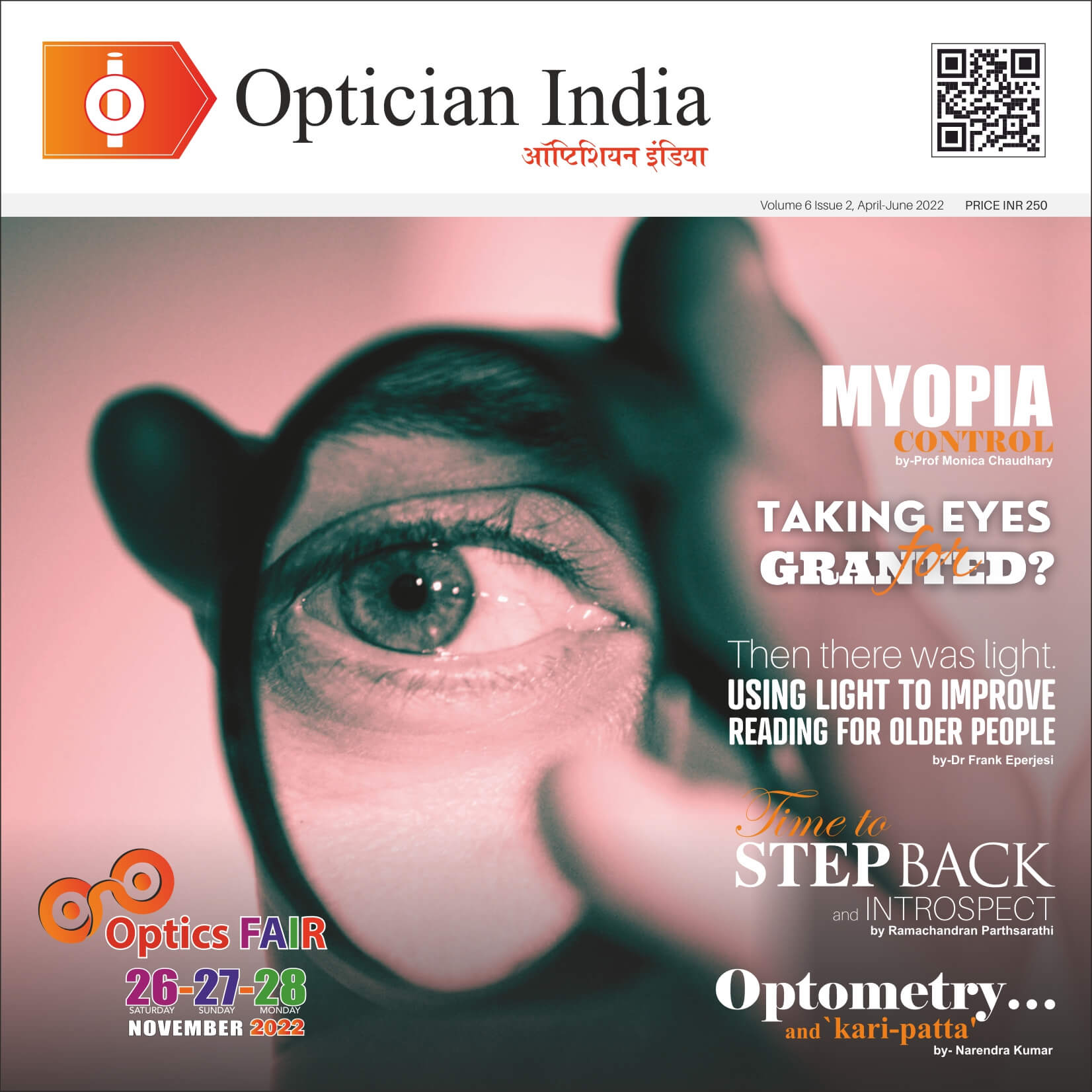
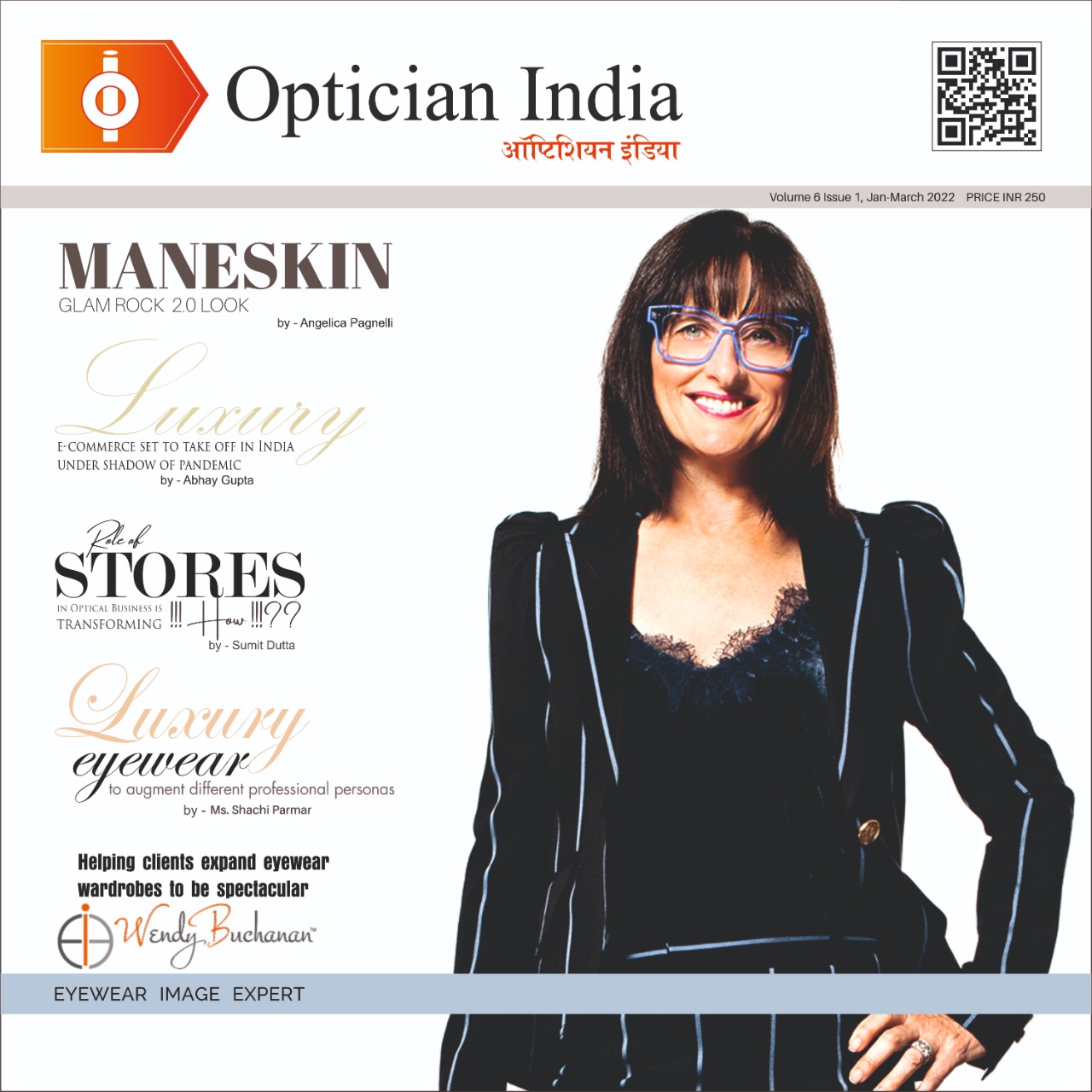
.jpg)
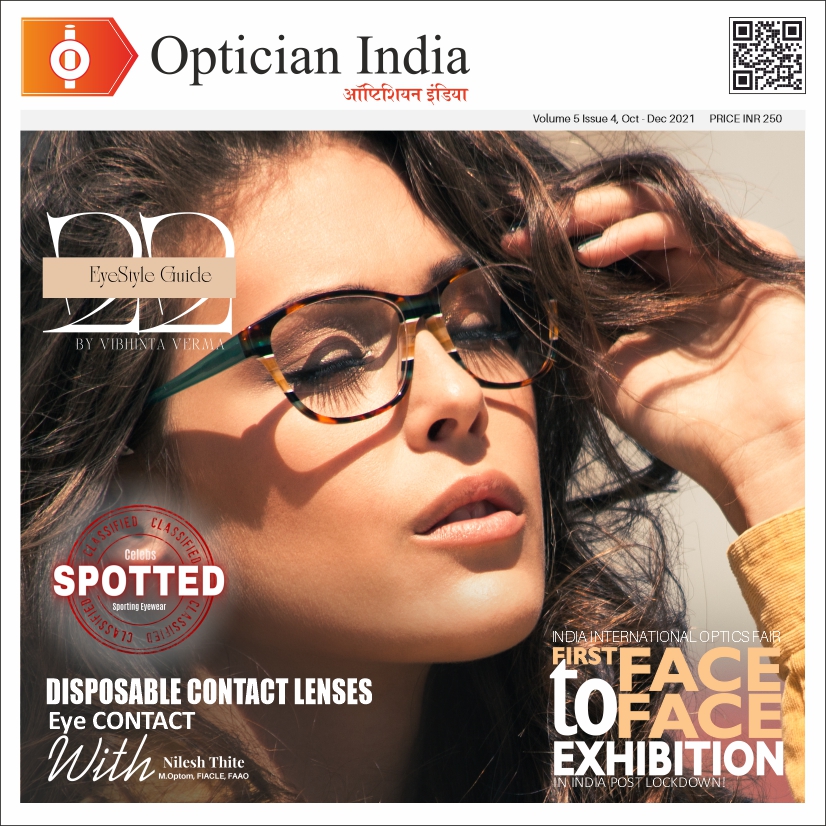
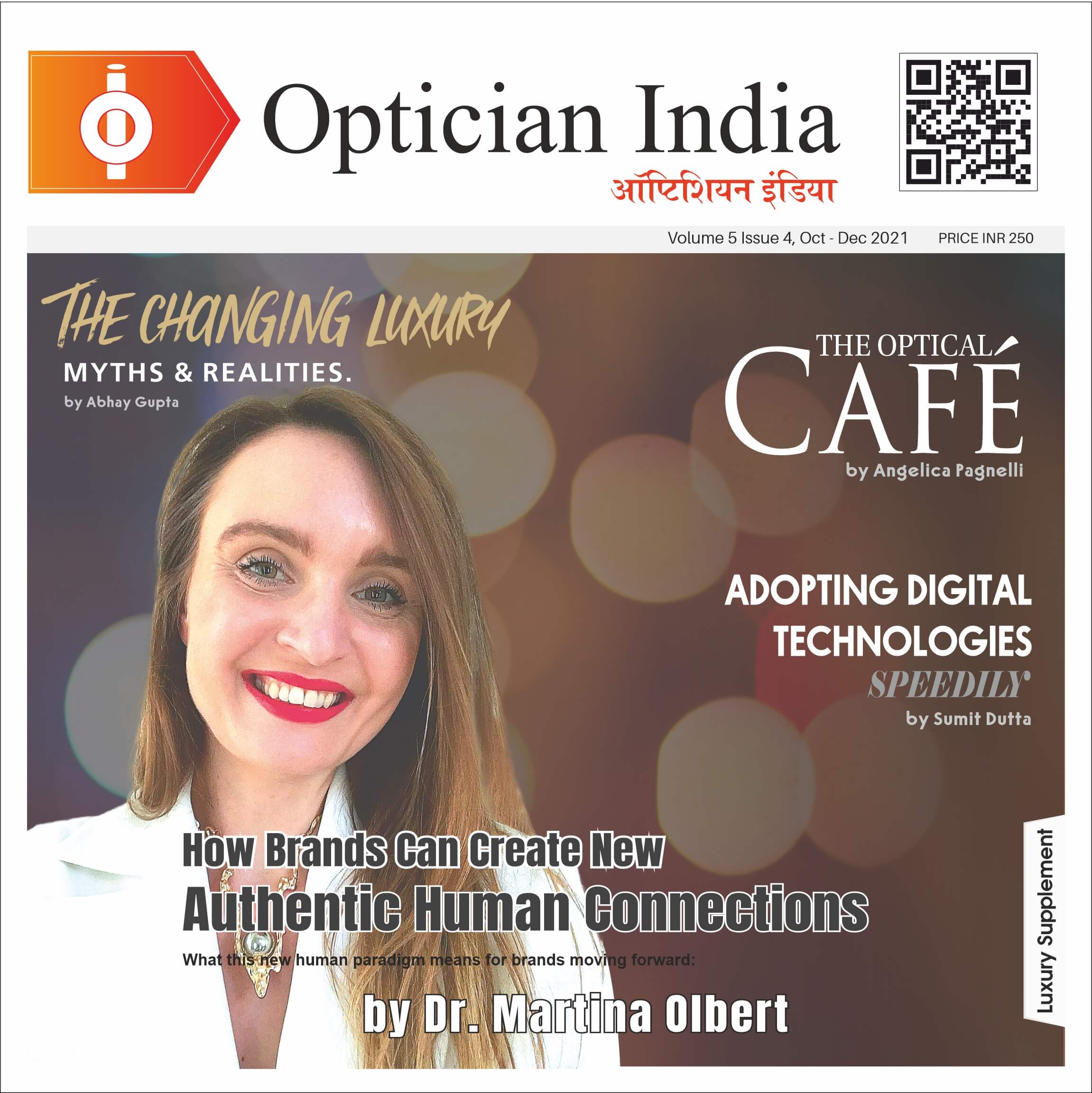
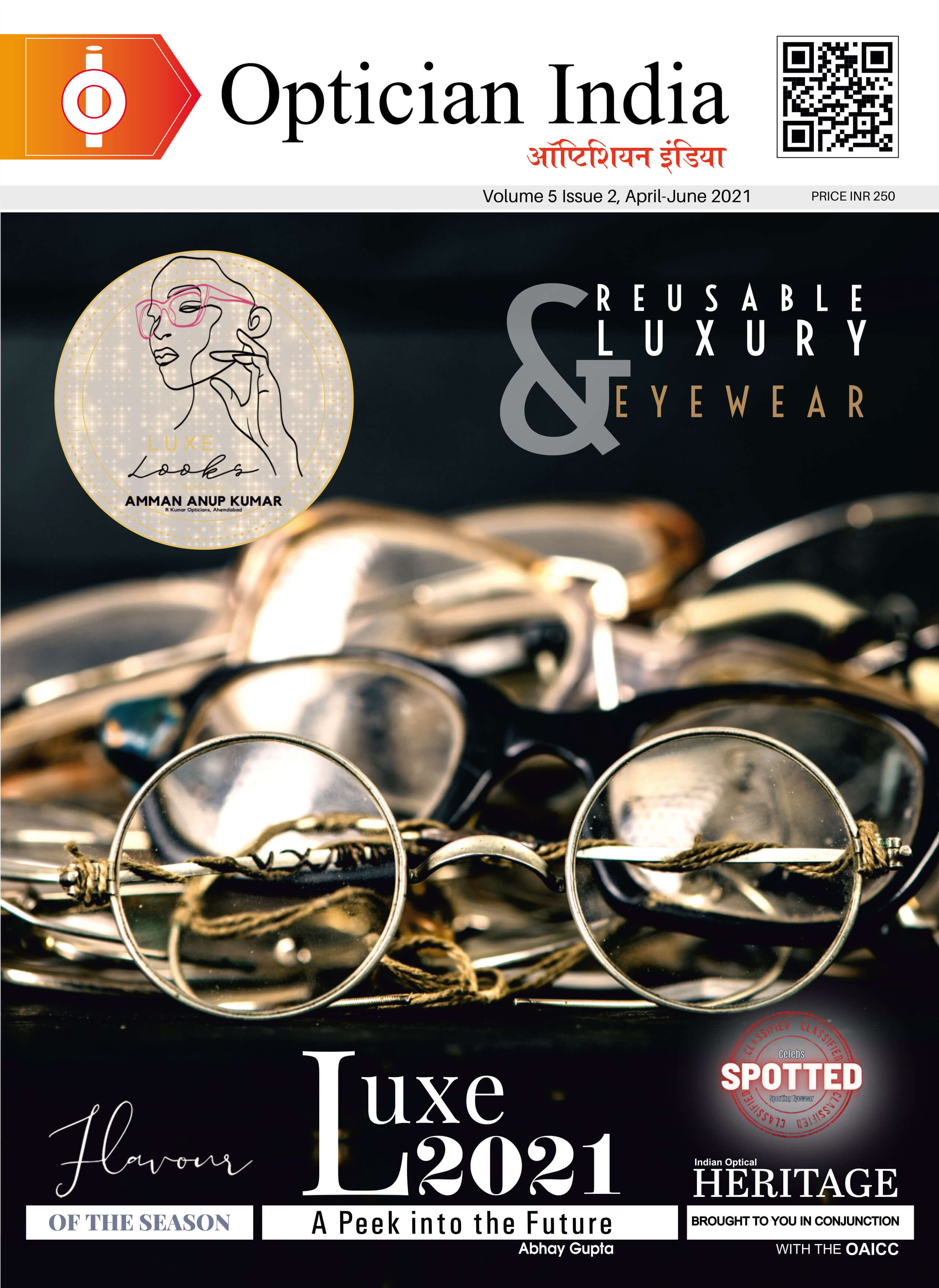
.png)
